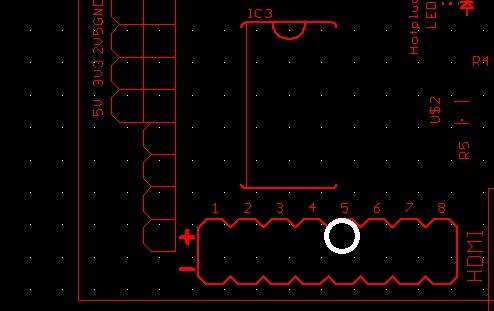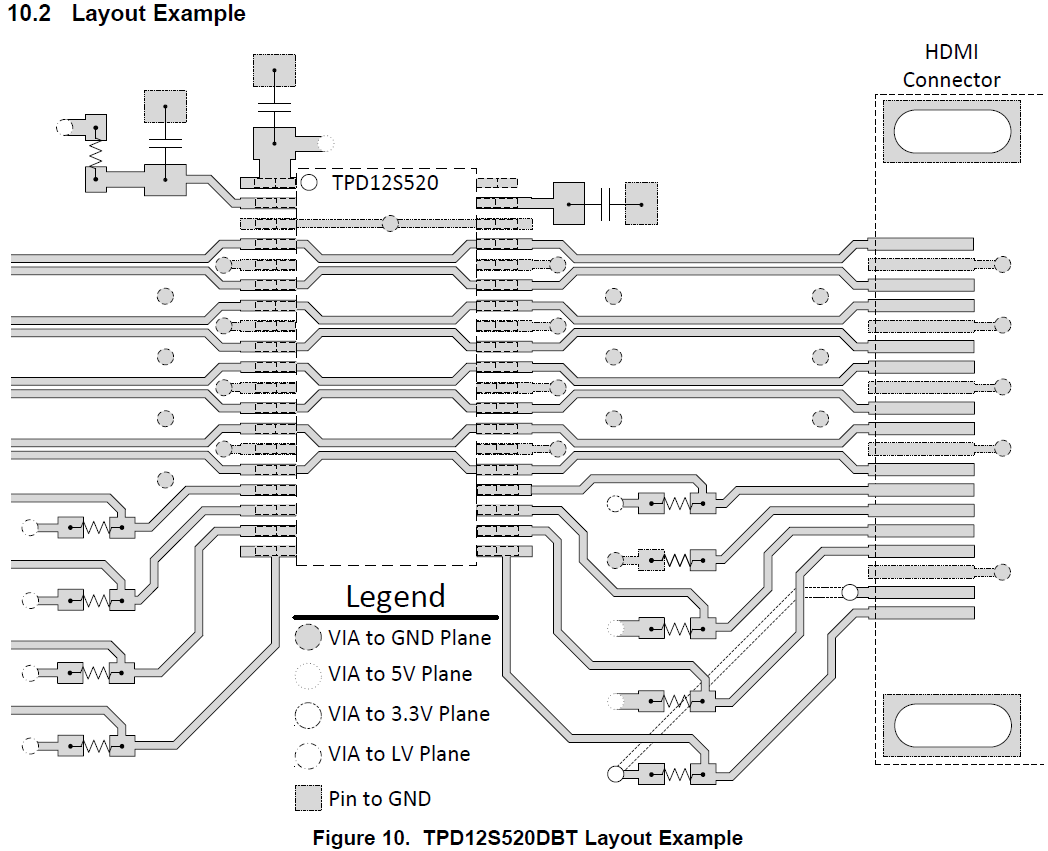Is the device blown out if the resistance is very low as to trigger beep on continuity detector (<5Ohm)?
This device seems to have worked fine but then it started blocking the LV translated signals, making them 0.7V instead of 3.3V as they were on the ASIC side, and the same on the output. My LV_SUPPLY is 3.1V (which is the 3.3V after the 10K resistor) and 5V_SUPPLY is connected directly to 5V rail of device.




